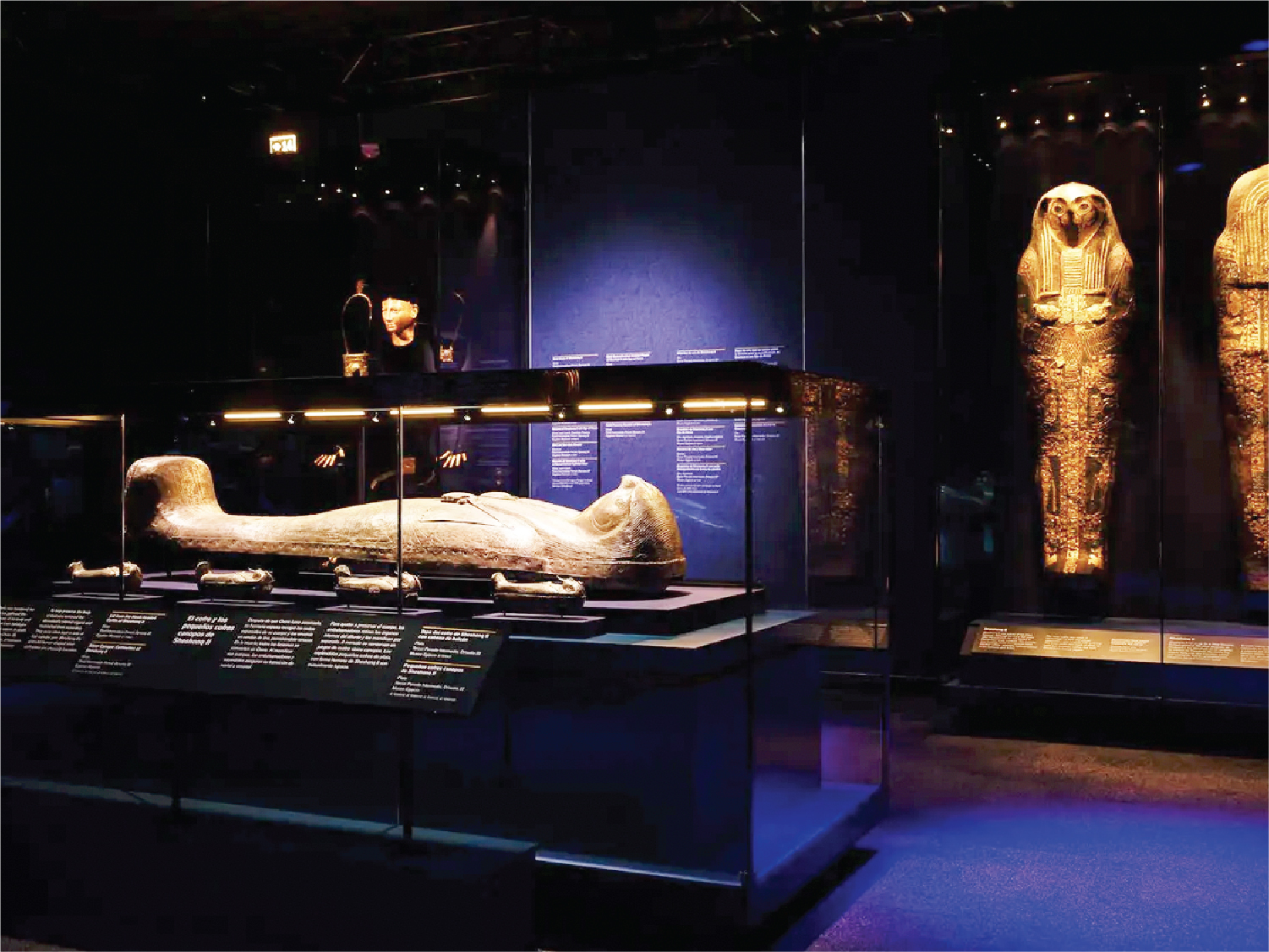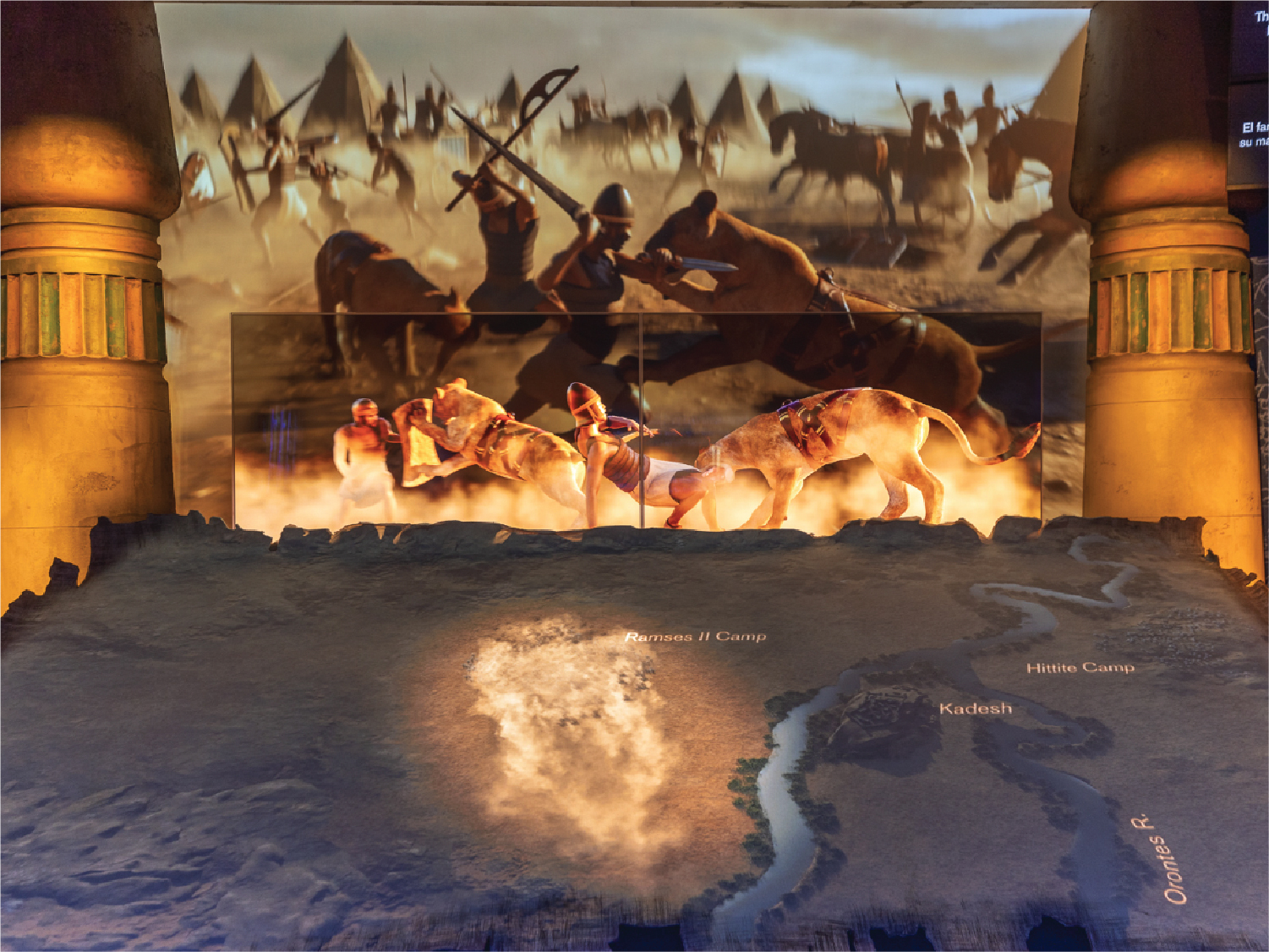
The De Young Museum in San Francisco, USA, witnessed the opening of the traveling exhibition “Ramses and the Gold of the Pharaohs” at its second stop.
It had previously been exhibited at the Houston Museum of Natural Sciences; nearly 8,000 tickets of the exhibit have been sold so far.
The exhibition includes 181 artifacts from the era of King “Ramses II” stemming from the collections of the Egyptian Museum in Tahrir, in addition to artifacts unearthed by the Egyptian mission in the Bubasteum in Saqqara.
It is worth mentioning that The exhibition of “Ramses & The Gold of The Pharaohs” welcomed visitors from all over the American city of Houston to enjoy the splendor of the great Egyptian antiquities with the enchanting melodies of the harp instrument in the background.
During the first days of its opening, the exhibition witnessed a huge turnout of visitors from different age groups. Some 8000 tickets were booked and sold in the first hours of the exhibition’s opening day.
Secretary-General of the Supreme Council of Antiquities Mostafa Waziri explained that an Egyptian delegation representing the Ministry of Tourism and Antiquities had received the visitors, who expressed their fascination with the greatness of the Egyptian civilization.
For her part, Assistant Minister for Tourism Promotion Lamia Kamel said that the Egyptian pavilion at the exhibition also witnessed a great turnout from the museum visitors, who used the QR code shown on the main panel in the pavilion to access the promotional site for Egypt on various social media platforms, in order to get acquainted with the brilliance of the Egyptian tourist destinations and Egypt’s countless tourism products.
Kamel confirmed that the visitors of the Houston Museum of Natural Sciences expressed their enthusiasm to visit Egypt, especially in winter.
Moreover, Kamel reviewed the efforts exerted by the Ministry of Tourism and Antiquities, in cooperation with the Ministry of Civil Aviation, to create a direct flight route between Sharm El-Sheikh and Luxor to link beach tourism with cultural tourism, within the framework of the ministries’ efforts to create an integrated tourism product.
It is worth noting that the “Ramses & The Gold of The Pharaohs” exhibition showcases 181 artifacts that highlight some of the distinctive characteristics of the ancient Egyptian civilization, especially from the Middle and Modern Kingdoms to the late era. The exhibits include a group of statues, ornaments, paintings, stone blocks decorated with inscriptions, and statues of deities in the form of birds and animals, as well as some colorful wooden coffins.
Also, the Egyptian pavilion in the Houston Museum of Natural Sciences will be broadcast Egypt’s grand celebration “The Sphinx Avenue ” that will take place on November 25 at 7:30 p.m.
下载新闻报道 线上阅读

